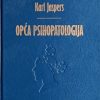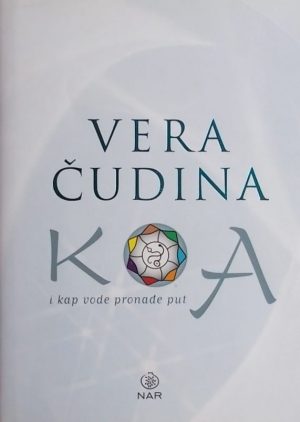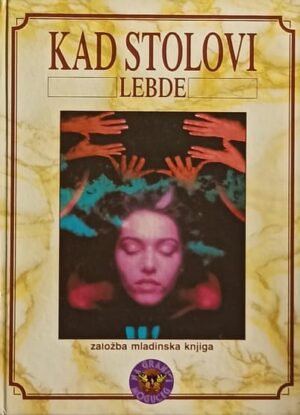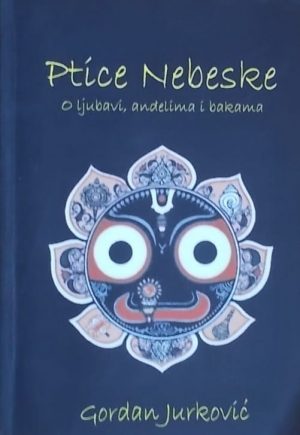Buddhist Mahayana Texts
8.00 €
Izdavač: Dover Publications, New York
Godina izdanja: 1969.
Broj stranica: 207
Dimenzije: 13,5×21,5 cm
Uvez: meki
U internet trgovini knjiga je dostupna odmah, a u antikvarijatu u roku 24 sata od narudžbe!
Na zalihi
Originally published in the Sacred Books of the East Series, under the general editorship of F. Max Müller, this volume contains trans- lations of basic works in later Buddhism. These documents are extremely important in contemporary Japanese Buddhism, particularly the older sects, such as the Pure Land and Shin Shu, and have also been significant in the development of Chinese Buddhism, and the Buddhism of Tibet and Nepal. All have been translated from Sanskrit texts that preserve the originals as well as can be determined.
The first component, the Buddha-Karita of Asvaghosha, has been translated by E. B. Cowell from Nepalese texts. Of Indian origin, around the beginning of the Christian era, it is concerned with the life and teachings of the Buddha-now quite far removed from the Pali documents of the Hinayana. The original text, which was fragmentary, has been completed by the addition of four books by a 19th-century Nepalese scholar, Amritananda.
Max Müller has translated the Larger and Smaller Sukhavati-vyuha, in which the Buddha describes the Land of Bliss to an assembly of the sangha, gods, spirits, and others. This is followed by Dr. Müller’s translation of the Vagrakkhedika (The Diamond-Cutter), a metaphysical treatise, and the Larger and Smaller Pragna-paramita-hridaya-sutras, two brief kernel statements of the Mahayana. The final document for Japanese Buddhism, the highly important Ami- tayur-dhyana-sutra, has been translated by Dr. J. Takakusu. Called the Meditation Sutra, it describes meditation and concentration tech- niques in terms of Amida Buddhism. It is of particular interest today as an experimental document.
Povezani proizvodi
PSIHOLOGIJA, POPULARNA PSIHOLOGIJA, ALTERNATIVA
PSIHOLOGIJA, POPULARNA PSIHOLOGIJA, ALTERNATIVA
PSIHOLOGIJA, POPULARNA PSIHOLOGIJA, ALTERNATIVA
PSIHOLOGIJA, POPULARNA PSIHOLOGIJA, ALTERNATIVA
PSIHOLOGIJA, POPULARNA PSIHOLOGIJA, ALTERNATIVA
PSIHOLOGIJA, POPULARNA PSIHOLOGIJA, ALTERNATIVA
PSIHOLOGIJA, POPULARNA PSIHOLOGIJA, ALTERNATIVA
AKCIJA












